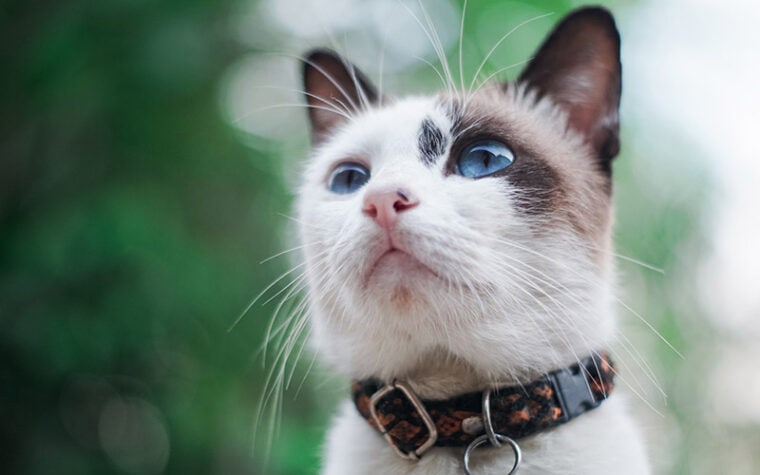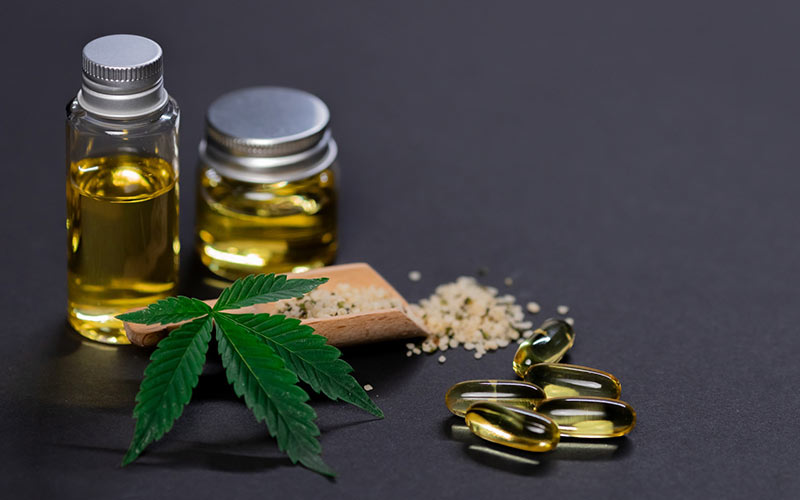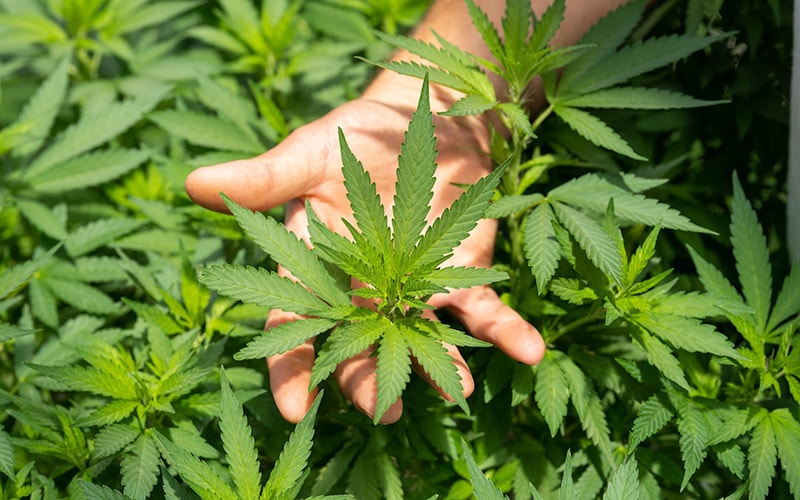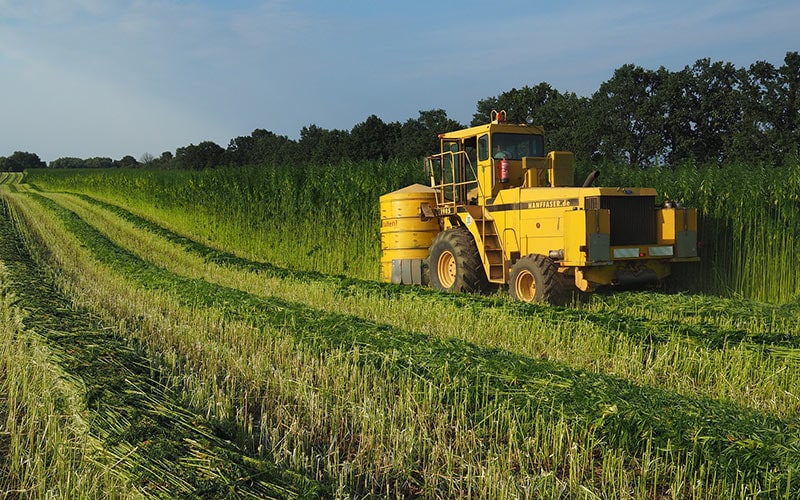
A significant event occurred in 2018, and it was something that many thought was overdue. The federal government passed the 2018 Farm Bill.1 The gist of it is that it became legal to grow industrial hemp. Using this plant isn’t anything new. The Chinese had farmed it since 2800 BC.2 The colonists grew it in Jamestown, Virginia. Even the paper used to write the Declaration of Independence was hemp.3
Numerous uses exist for industrial hemp, including fiber and fabrics. Both are materials used to produce a variety of items, notably cat collars,4 among other textiles. But is it a wise environmental choice? Let’s delve into the pros and cons of using hemp.
The Troubled History of Industrial Hemp
The United States, like the rest of the world, had a long history of using hemp. It was even used as an alternative to plastics. Things took a turn when the federal government passed the Marihuana Tax Act of 1937. Commercial interests saw hemp as a threat to the timber industry. There was also widespread confusion about the plant.
While it contains tetrahydrocannabinol (THC), it isn’t the same as the drug people use to get high. Hemp contains only a fraction of the chemical compound. The provisions of the 2018 Farm Bill limit the amount to 0.3%. Marijuana has 3% to 15%. Nevertheless, the last straw came with the passage of the 1970 Controlled Substances Act (CSA). Industrial hemp was now illegal to cultivate.
Fast forward to today, and cultivars exist within the USDA’s framework. The United Kingdom, France, and Canada had all cultivated industrial hemp for years, using similar guidelines to the US government. Manufacturers have used it to produce a wide range of items, from paper to building materials to shampoo. It would seem that a material that is so useful would also be environmentally friendly.

Environmental Impacts of Cultivating Industrial Hemp
Right from the start, hemp offers a major advantage over one plant it could potentially replace, cotton. Unlike the latter, industrial hemp is multifunctional. Notably, it can provide a viable alternative to less eco-friendly materials, like plastic. That can make it a player in the battle against climate change, especially if its carbon footprint is smaller than the things it replaces. Let’s consider both sides.
Pros
On the positive front, industrial hemp has high yields, making it appealing to farmers. Like legumes, it can also enhance soil health by adding another annual species to crop rotation schedules. It has compelling potential for phytoremediation or decontaminating soils using plants. Industrial hemp grows deep roots, which can, in turn, improve its structure. It’s also less likely to experience crop failure.
Industrial hemp grows quicker than cotton, thereby requiring less fertilization and pest control. It thrives when planted in high densities. That further adds to its value for controlling weeds because it can outcompete them. It contains lower amounts of pectin and lignin while having a higher cellulose content. Those are points in its favor when considering its use for paper, fiber, and textiles.

Cons
Industrial hemp is a water-loving species. It does best in well-draining soils. The faster cropping time is a mitigating factor, but it’s worth noting since it can impact a farmer’s bottom line. All agricultural lands have the potential for habitat encroachment that can affect biodiversity. It can also heighten the risk of water pollution. These factors aren’t unique to hemp.
However, the risks might be higher because of the lucrative prospects of growing industrial hemp. Plants affect the environment differently. The problem with these cultivars is they can emit volatile organic compounds (VOCs) called terpenes. Interestingly, the US Environmental Protection Agency (EPA) warns consumers about exposure to VOCs and their possible health effects, including liver and kidney disease.
Admittedly, science has a long way to go in determining cultivation techniques of industrial hemp that may lessen any potential environmental impacts.

The Slippery Slope
Industrial hemp may not contain significant amounts of THC, but it does contain cannabidiol (CBD). You’ve probably seen pet products with CBD, with marketers touting its possible health benefits. While it’s legal for people, the FDA cautions against its use in pets. The jury is still out about its safety. Currently, its use as an ingredient in pet food is illegal.
It’s a slippery slope that has yet to see a resolution. The agency has approved CBD as a prescription drug for seizures in humans. Technically, it shouldn’t be legal as both a drug and a supplement. Some manufacturers have hemp cat collars advertising their calming effects. Scientists have not made this correlation definitive in pets.
Final Thoughts
Industrial hemp can be a godsend for solving many supply issues with a sustainable replacement. However, like energy, all crops have their pros and cons. Hemp is no exception. It is a burgeoning industry that has yet to see its full potential. Much research is also needed.
Our advice is a wait-and-see approach. You can find many alternatives to hemp cat collars without the unanswered questions posed by the material’s cultivation.
Featured Image Credit: Tamba Budiarsana, Pexels






